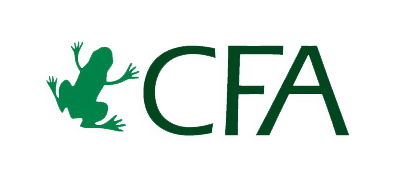Welcome to the Conservation Finance Guide. The overall goal is to provide practical tools to support the rapid expansion of sustainable finance mechanisms that generate long-term funding for biodiversity conservation.

Welcome to the Conservation Finance Guide. The overall goal is to provide practical tools to support the rapid expansion of sustainable finance mechanisms that generate long-term funding for biodiversity conservation.

Key practice standards for the design and implementation of entrance and activity fees are as follows:
Fee systems should be part of robust PA management plans that balance sustainable tourism with conservation. The International Union for the Conservation of Nature (IUCN) has developed a comprehensive set of guidelines for sustainable tourism and visitor management in PAs (Leung et al. 2018).
Fee pricing should be based on a systematic financial assessment of the PA or PA system (including “willingness to pay” studies), and consider different options for determining the fee, such as by residency status, age, popularity of the site, or a combination thereof (Leung et al. 2018).
A targeted marketing campaign can help attract a regular flow of visitors, or a specific group of visitors, and build acceptance of fees among specific groups of stakeholders (Font, Cochrane & Tapper 2004)
Management of fee systems by individual PA agencies can facilitate local ownership of the system and revenues collected, and allows fees to be more rapidly adjusted based on visitor numbers and preferences. Fee systems should be regularly reviewed (e.g. every two years; Lindberg 2001).
Institutional capacity should be established early on for fee setting and collection, financial administration, marketing, monitoring and evaluation etc.
A strong communication strategy, including consistent and detailed reporting on PA revenues and full transparency on use of revenues, will help to build socio-political acceptance (Font, Cochrane & Tapper 2004; Rylance, Snyman & Spenceley 2017).
Retention of revenues by PA agencies provides managers with an incentive to collect fees in an efficient manner and protects revenues from being used for other government activities or delayed by government accounting and budgeting processes (Lindberg 2001; Rylance, Snyman & Spenceley 2017), although in some cases this may not be legally possible if a country’s constitution or national budget law requires that all revenues collected by government must go to the government’s central treasury.
Local community participation in planning and management can strengthen fee systems (Leung et al. 2018).
Building community revenue-sharing agreements into fee system design can be an effective way to maximise socio-economic benefits for local communities and build support for conservation and tourism (Spenceley, Snyman & Rylance 2017).
Due to the unpredictable nature of tourism revenues, fee systems should always be part of a diverse profile of revenue sources.
Overview
1. Understanding Entrance and Activity Fees
1.2 Stakeholders
1.3 Potential in Monetary Terms
1.4 When is it Feasible and Appropriate?
1.5 Strengths, Risks, and Challenges
2. Methodology
2.1 Scoping
2.2 Feasibility
2.3 Design
2.4 Implementation
2.5 Monitoring, Evaluation, and Adaptive Management
3. How to Improve the Impact of Existing Systems
Appendix: Generic Terms of Reference (ToR) for a Feasibility Assessment